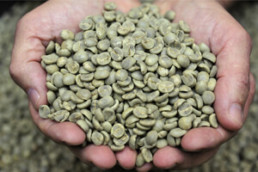Maximizing Coffee Quality with Colorimetry
Due to the numerous variables that are simply beyond the control of coffee growers and producers being able to determine which beans are the highest quality is a necessity for creating high-quality coffee. Each coffee bean undergoes rigorous quality checks to make sure it meets strict international quality standards. In the past, coffee harvesters and processors had to rely on physical sight and taste alone to determine the ripeness and readiness of the beans. Even with expert harvesters and “cuppers” (professional coffee tasters) maintaining consistent quality is still very difficult as human perception can easily change based on attitude and environment from day-to-day.
In order to overcome these limitations, coffee processors decided to use a nifty little gadget called a colorimeter. Before the beans are roasted, one of the most important quality checks is testing the color of the green coffee beans. The reason for this check is because the green color of the coffee beans can vary depending upon the altitude at which the beans were grown.
Using Konica Minolta’s CR-410 colorimeter they were able to determine that higher altitude coffee beans have a higher amount of blue or bluer shade of green, present than lower altitude coffee beans. This made it easy to determine exactly which beans were of higher quality. Not only did this establish and help maintain quality standards, but it also meant that harvesters could tell with greater certainty the amount of higher profits that could be made based on the amount of higher quality beans harvested.
After all that work, it sounds like they could definitely use a cup of coffee!










